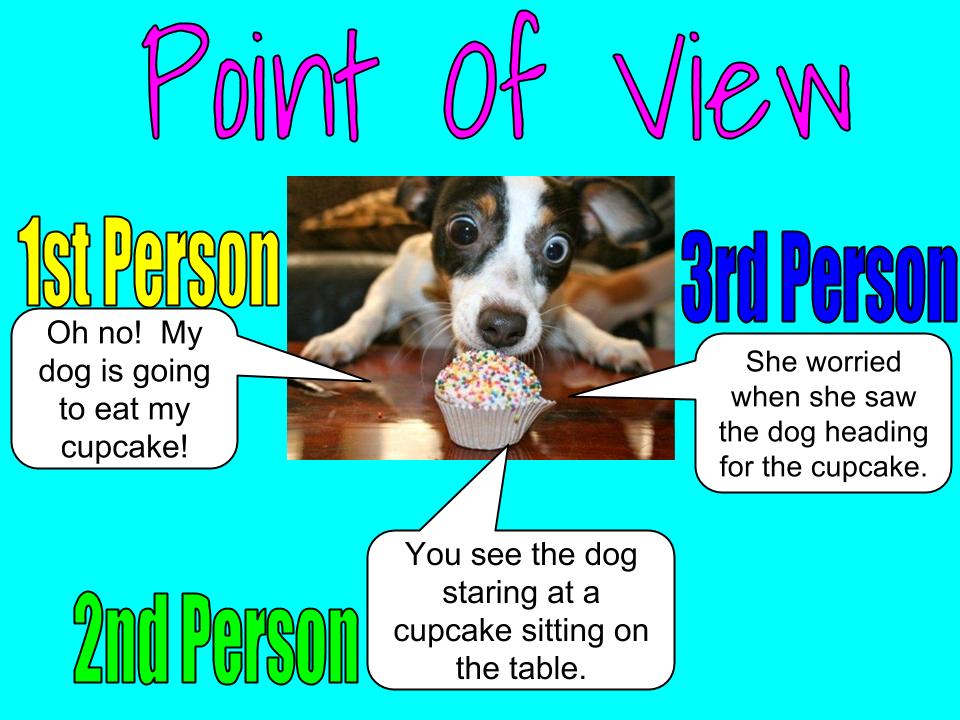

It won’t be jarring for the reader to see inner monologues, straightforward thoughts, etc. This isn’t a hard and fast rule, but generally, if you have tied the perspective very closely to one character you can go as deep as you want into what they’re thinking. The more omniscient the perspective, the shallower the thoughts The more the perspective is limited, the deeper the inner thoughts. This omniscient narrator doesn’t have to actually be a real, named character, but it’s helpful to think of them this way so you tell the narrative through a consistent perspective. The other is that it stops you from diving so deeply into one character that it’s jarring to shift to another character’s thoughts. One, it smooths things out for the reader, because rather than taking into account multiple perspectives and biases, you’re seeing things essentially from one point of view. Rather than thinking of the narrative jumping from one character to the next, imagine that there is an unseen narrator who is observing the action. But it’s tricky to keep things consistent and avoid disorientation. Third person omniscient allows more head-jumping and more flexibility in showing various thoughts and motivations. If you’re using a more omniscient third person perspective, imagine the narrator as a fully-fledged character When/if the character returns, you can slide back into showing their thoughts. Don’t suddenly shift deeply into someone else’s thoughts and feelings, but it’s okay to linger a bit and show something the anchoring character shouldn’t be able to see. Remove the main character, but keep the narrative going with the other characters who remain. If you’re going to do this, I compare this to keeping a “camera” in place in the scene. Occasionally you might want to remove the narrating character and show something that is happening out of their view, whether in order to show the reader something the main character can’t see or because it just makes sense for them to bounce for a second. If you’re going to break perspective within a scene, think of it as keeping a “camera” in place The novels are anchored by several key characters per novel, and we see what is happening through their eyes. Martin handles the Song of Fire and Ice books (aka Game of Thrones). Pick a character and stick with their perspective through a cohesive chapter or scene. This is the most straightforward approach to multiple perspectives in a third person limited narrative. hybrid, here are some directional tips that will hopefully help you keep the reader feeling anchored in a scene: Consider separating a shift in perspective with chapter or scene breaks Rather than telling you “rules” about omniscient vs. But most novels deviate slightly from these strict categories and cheat from time to time. There are two main ways to solve this: sticking to third person limited (anchored to one character’s perspective) or third person omniscient (Gods-eye). You stop feeling anchored in a scene and instead feel like you’re swimming through a thought explosion. It can be wildly disorienting to see three, four, five characters’ inner thoughts in succession. Head jumping can be really confusing for a reader. Third person is third person, right? Can’t you just jump from one character to another as you need to? Aren’t all-seeing perspectives essentially the same? This isn’t always something beginning writers give much thought.

#3rd person point of view how to#
One of the biggest challenges with third person narratives is how to balance multiple perspectives.


 0 kommentar(er)
0 kommentar(er)
